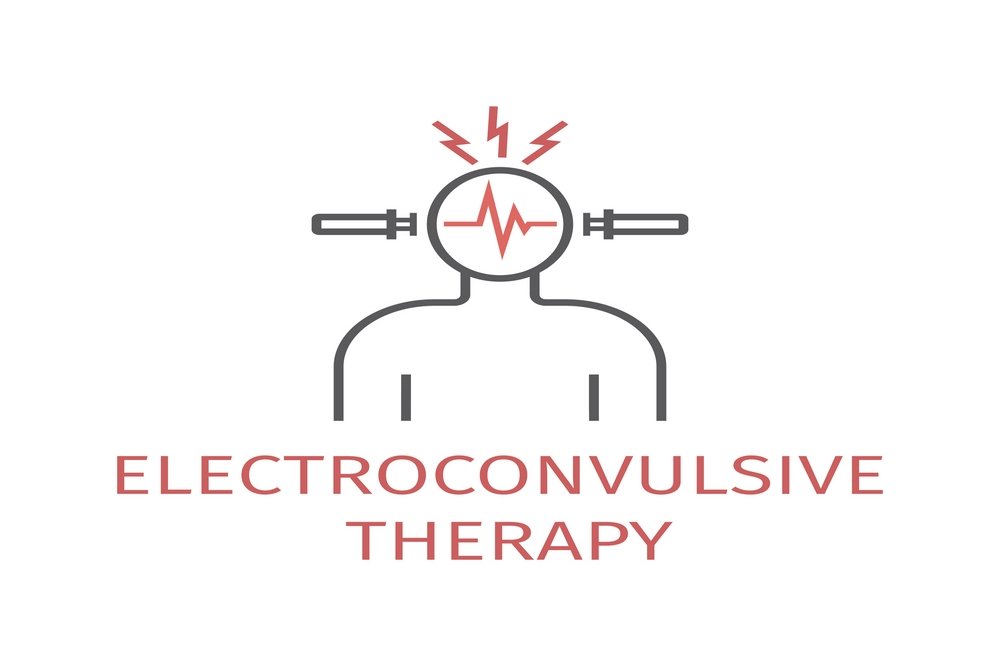Electroconvulsive therapy (ECT)

For elder people with schizophrenia who do not acknowledge electroconvulsive therapy (ECT), drug therapy might be considerable. ECT might be beneficial for someone who also experiences depression. ECT is most commonly used to cure depression, but healthcare providers also suggest it aids schizophrenia. Compared with medications, it begins to work quickly (sometimes within a week), significantly with older people. ECT might lower the risk of relapse as long as you go through follow-up treatments. (10)
Before the treatment of ECT, you will have a muscle relaxant and general anesthetic to keep you from moving while using the method. A medical team checks your heart rate, breathing, and blood pressure throughout. Electrodes are placed at accurate locations on your head. For almost a minute, a small electric current moves from an electrode into the brain and triggers a seizure. Thanks to anesthesia, you must not feel pain or even be aware of electrical impulses. You are up for a minute post-treatment. Any grogginess normally wears off just after an hour. Normally, ECT treatments are provided almost three times per week until the symptoms go away. Therefore, the right treatment for each individual is important.

